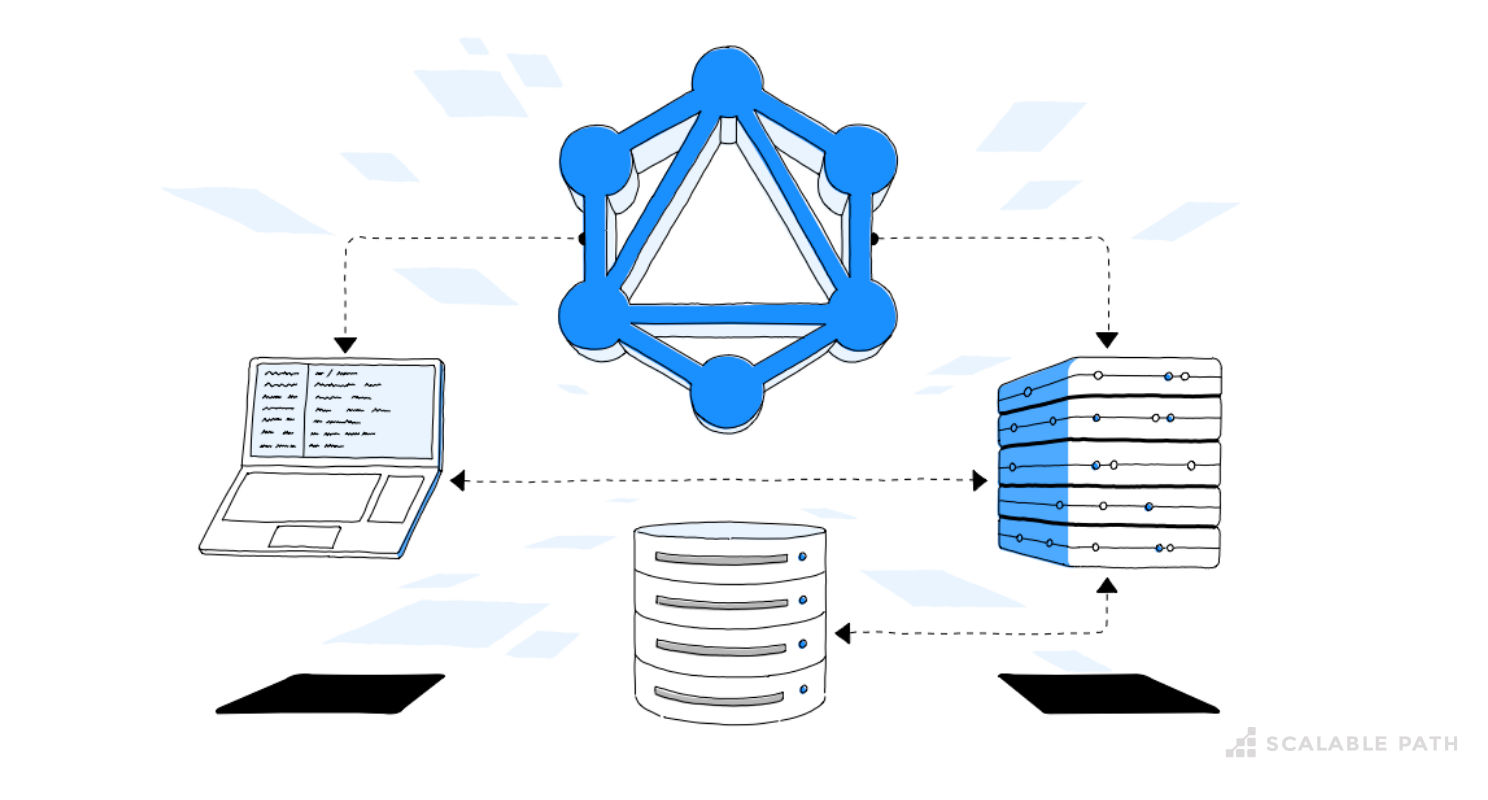GraphQL API Integration for Full-Stack Apps with PostGraphile [Tutorial Part 2]

In part two of this tutorial series, we’re going to look at the key features of GraphQL and how to integrate it with PostGraphile to enhance the back-end of our full-stack application.
In part one, we covered how to approach building a GraphQL API with TypeScript and Node.js as well as the key benefits of this architecture. If you missed it, check out how we set up the project and bootstrapped our code by installing dependencies and configuring our data model.
Table Of Contents
What is GraphQL?
In a nutshell, GraphQL acts as a layer to fetch and mutate data. It’s language-agnostic on both the front and back-end (e.g. JavaScript, Java, C#, Go, PHP, etc.) and serves as a bridge between client and server communications.
The goal of GraphQL is to provide methods for retrieving and modifying data. To provide this function, GraphQL has several operations:
- Queries: for performing data fetching operations on the server.
- Mutations: analogue to the standard CRUD (Create, Retrieve, Update, Delete) operations, except for the Retrieve (for which Queries are responsible in GraphQL).
- Subscriptions: conceptually, subscriptions are like Queries in that it’s utilized to fetch data. It may maintain an active connection to your GraphQL server to enable the server to push live updates for the subscribed clients.
- Resolvers: Resolvers are implemented in the back-end as handlers for the lookup logic for the requested resources.
It’s important to mention that GraphQL isn’t a framework/library, nor a database implementation/query language for the DB. Rather, it’s a specification powered by a robust type system called Schema Definition Language (GraphQL SDL) described in its specs. It serves as a mechanism to enforce a well-defined schema that serves like a contract establishing what is and what isn’t allowed.
It’s a wrong assumption to think that GraphQL is a database implementation or a query language tied to any particular database. Although it’s common to see that being translated to DB interactions, it’s possible to use GraphQL even without having any sort of DB (ex., you can set up a GraphQL layer to expose and orchestrate different REST APIs endpoints).
